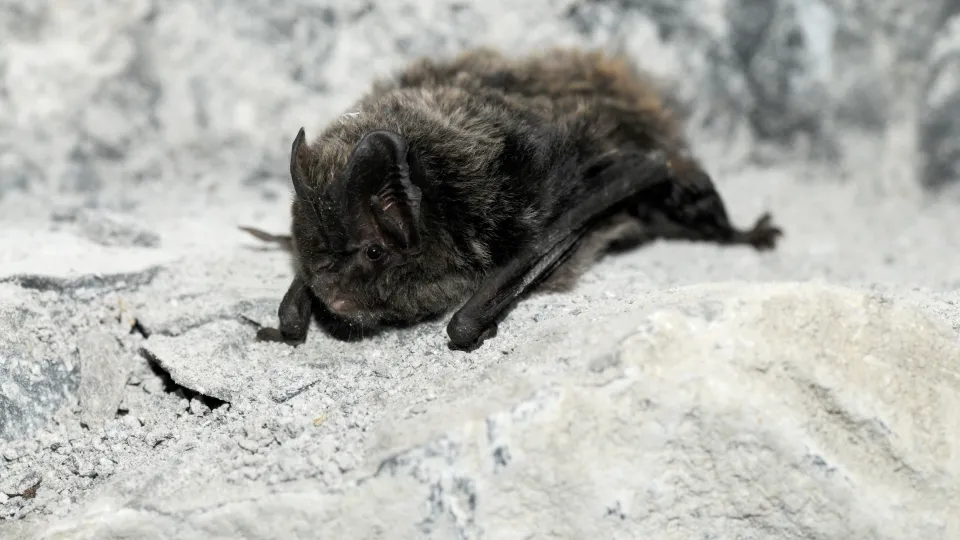
Barbastelle bat
The barbastelle is a scarce bat that lives in woodland and forages over a wide area. It has a distinctive 'pug-like' appearance because of its upturned nose.

The barbastelle is a scarce bat that lives in woodland and forages over a wide area. It has a distinctive 'pug-like' appearance because of its upturned nose.
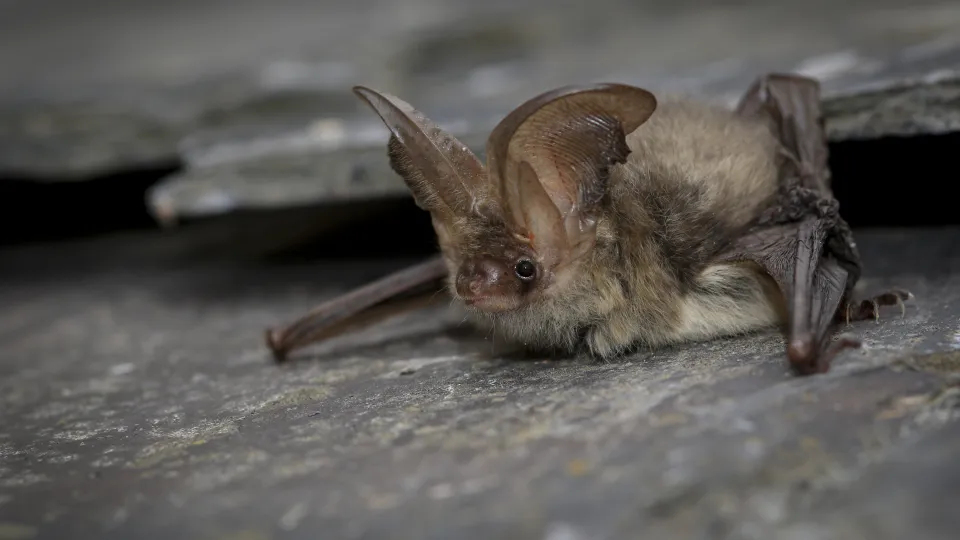
The brown long-eared bat certainly lives up to its name: its ears are nearly as long as its body! Look out for it feeding along hedgerows, and in gardens and woodland.
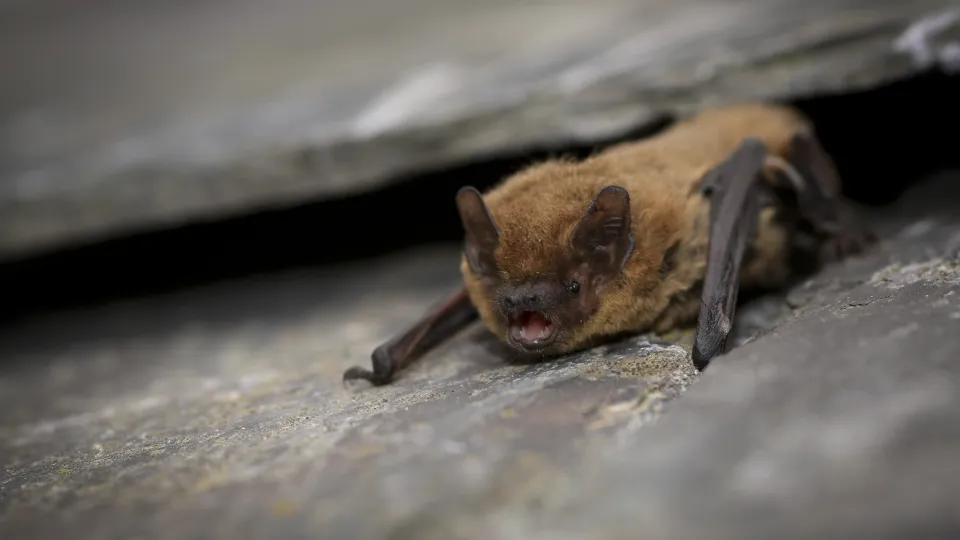
The common pipistrelle is so small, it can fit into a matchbox! Despite its size, it can easily eat 3,000 insects a night: look for it flitting around the garden or a lit lamp post as it chases its prey.
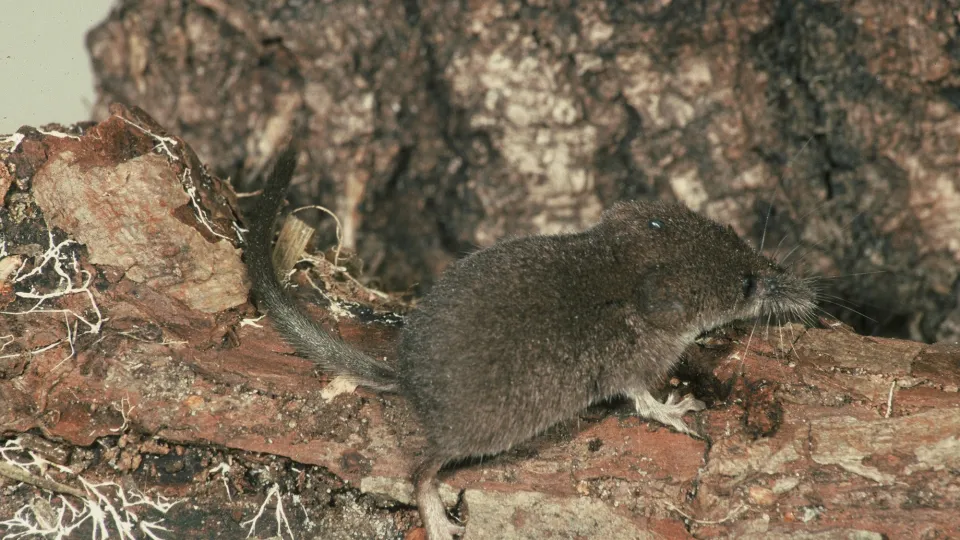
The diminutive pygmy shrew has a distinctively pointy nose and tiny eyes. It lives life in the fast lane, eating every 2-3 hours to survive, and only living for a year or so. Look out for it in the garden.
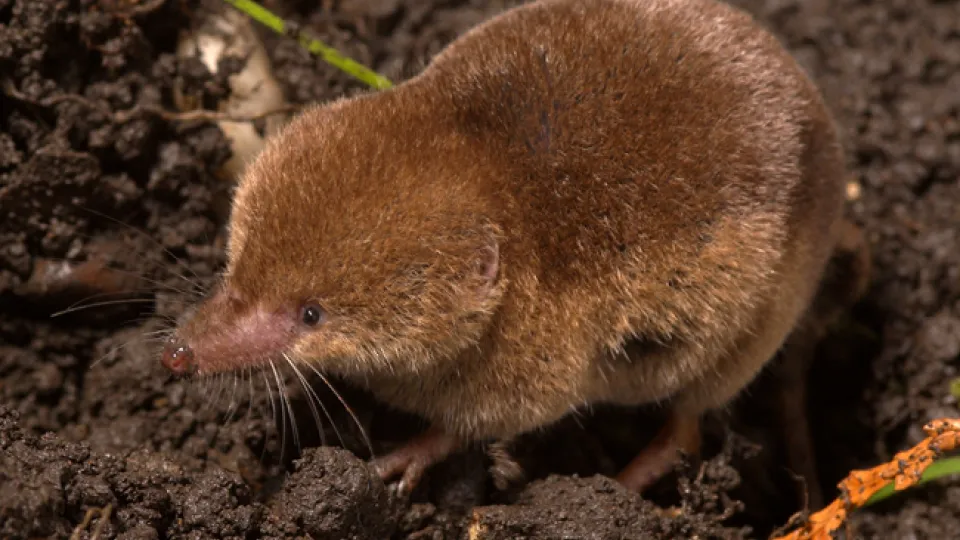
The diminutive common shrew has a distinctively pointy nose and tiny eyes. It lives life in the fast lane, eating every 2-3 hours to survive, and only living for a year or so. Look out for it in the garden.
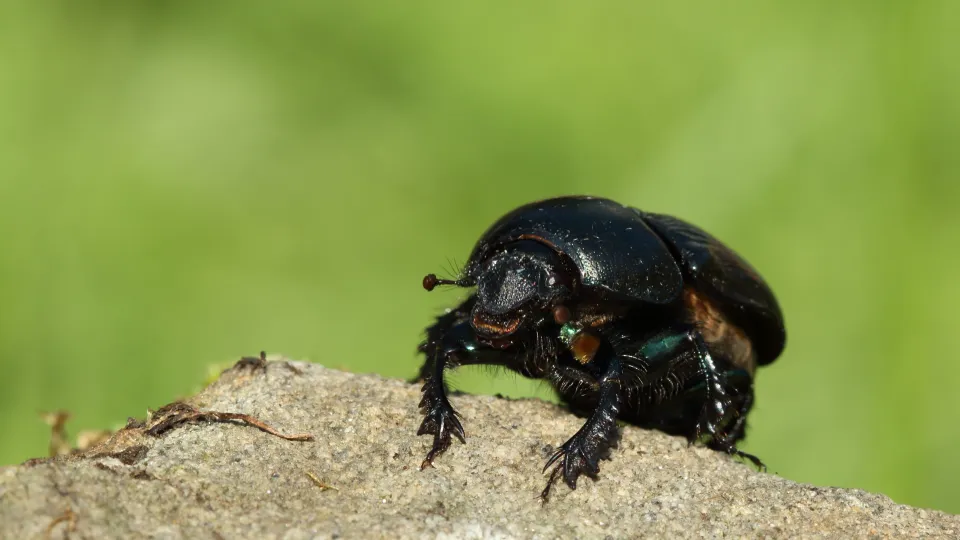
Dung beetles are an often overlooked but hugely important ecosystem engineer. Learn more about them and why we need them in our landscape.